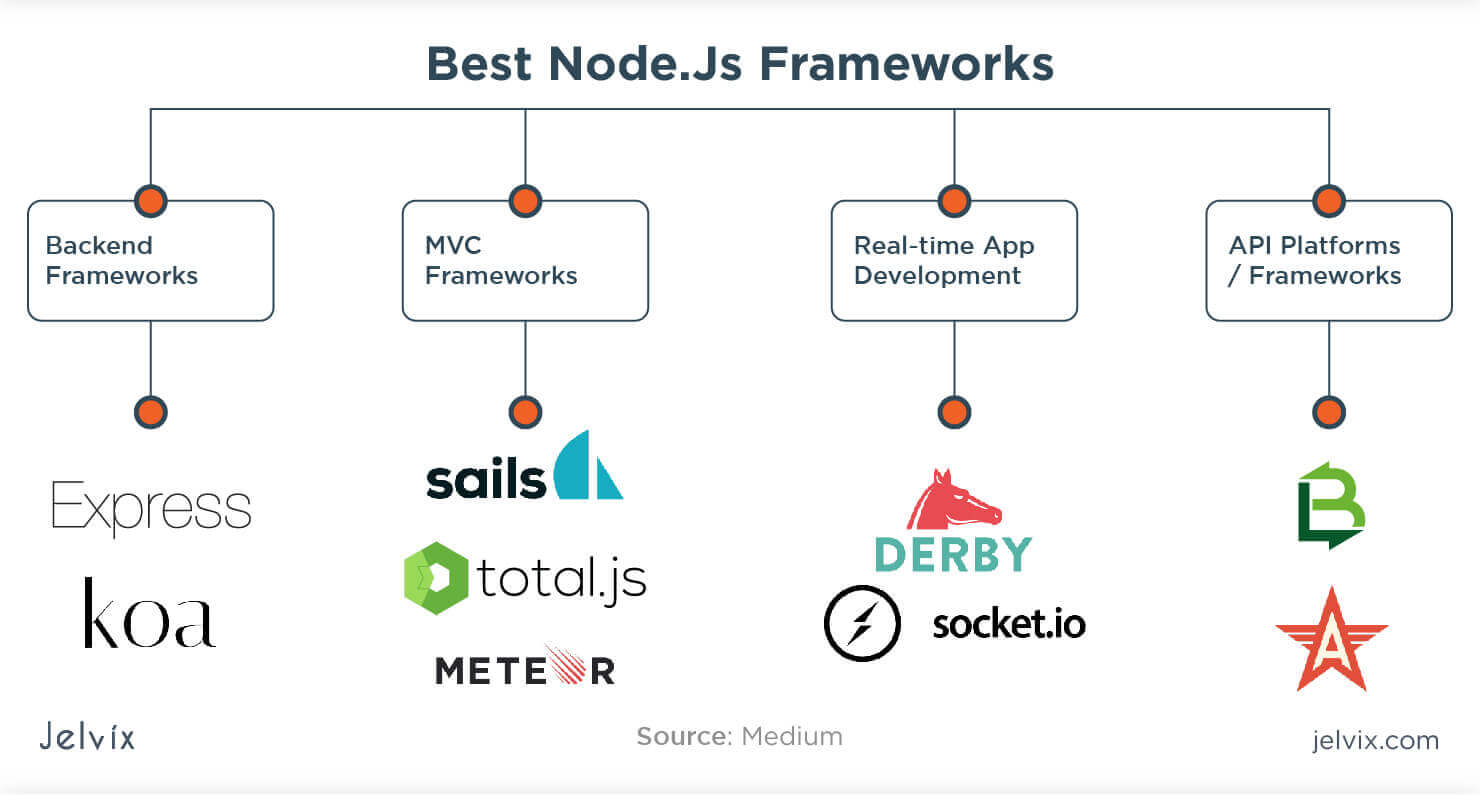Rise by Six: Your Daily Dose of Inspiration
Explore insights and stories that elevate your day.
JavaScript Frameworks: The Never-Ending Framework Fashion Show
Discover the latest trends in JavaScript frameworks and find out which ones are stealing the spotlight in the never-ending tech fashion show!
The Evolution of JavaScript Frameworks: From jQuery to Modern Solutions
The journey of JavaScript frameworks began with the introduction of jQuery, a library that revolutionized the way developers handled HTML document traversal and manipulation, event handling, and animation. Released in 2006, jQuery made it significantly easier to write concise and cross-browser compatible code. As web applications became more interactive and demanding, developers sought more robust solutions, leading to the emergence of modern frameworks. Today, tools like React, Angular, and Vue.js provide powerful architectures that facilitate the development of dynamic user interfaces with greater efficiency and scalability.
As the need for responsive and high-performance web applications grew, so did the complexity of JavaScript frameworks. Frameworks like Angular introduced the concept of component-based architecture, which allows developers to encapsulate code and reuse it efficiently. Meanwhile, React pioneered the virtual DOM, vastly improving performance by minimizing direct manipulation of the real DOM. Today, developers face an array of modern solutions that not only enhance productivity but also streamline team collaboration and version control, marking a significant evolution in the landscape of JavaScript frameworks.

Framework Showdown: Angular vs. React vs. Vue – Which One Is Right for You?
When it comes to front-end development, choosing the right framework is crucial for building efficient and maintainable applications. The Angular, React, and Vue frameworks each offer distinct advantages and target different types of projects. Angular is a full-fledged framework developed by Google, ideal for building large-scale applications with complex structures. On the other hand, React, created by Facebook, focuses on the view layer, making it a great choice for projects that require speed and flexibility. Meanwhile, Vue strikes a balance between the two, offering a progressive framework that can be incrementally adopted, making it easier for developers to integrate into existing projects.
Choosing the right framework depends on several factors, including your project requirements, team expertise, and long-term goals. Here are some key considerations to help you decide:
- Project Complexity: If your application is complex and requires robust features, Angular may be the best fit.
- Learning Curve: For developers new to frameworks, Vue provides a gentle learning curve, while React may require a bit more time to grasp.
- Community Support: All three frameworks have strong communities, but React has a larger ecosystem of tools and libraries.
Ultimately, consider your specific use case and experiment with each framework to find the one that resonates with your development style.
5 Key Trends in JavaScript Frameworks You Need to Know for 2024
As we head into 2024, JavaScript frameworks continue to evolve, shaping the landscape of web development. One of the key trends is the rise of server-side rendering (SSR). Frameworks like Next.js and Nuxt.js are leading the charge by offering enhanced performance and improved SEO capabilities. This trend is essential for developers looking to deliver fast-loading websites that meet the growing demands of user experience. Additionally, the focus on component-based architecture remains strong, allowing developers to build reusable UI components that enhance maintainability and scalability.
Another significant trend is the increasing adoption of TypeScript in JavaScript frameworks. With its ability to provide static typing and better tooling support, TypeScript enhances the development experience and reduces runtime errors. Frameworks like Angular and React are fully embracing this language, which leads to more robust and error-resistant code. Finally, the integration of machine learning capabilities into JavaScript frameworks is on the rise. As libraries like TensorFlow.js become more accessible, web developers are leveraging these tools to create smarter and more interactive applications that can learn and adapt to user behavior.